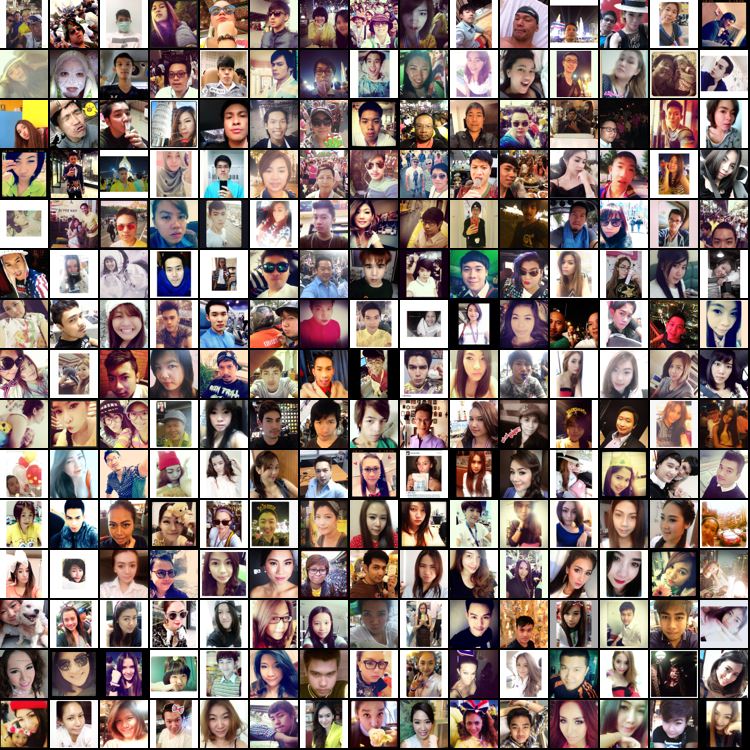Charlotte Olsen | BCM310 | Blog 1 | Seflies | Week 2

“In 2014, people took approximately 93 million selfies per day on just Android” (Senft & Baym, 2015). Apart from this statistic being ridiculously high, it exemplifies that taking selfies has become an innate act; an everyday habit in our lives. However, there have been many articles and research papers that have tried to explain why we take seflies, as well as what the selfie says about us.
The Narcissist, Psychopathy and the Self objectifier The increase in popularity of taking selfies has fuelled the debate as to whether or not people who take and post selfies on social media sites are narcissistic, psychopathic, self objectification or a combination of all three (Seidman, 2015). Interestingly, a study conducted in Ohio (Fox & Rooney, 2015) concluded that narcissistic behaviour included showing off their selfies and going to a lot more effort to look their best in photos, whilst the posting of multiple photos without editing was associated with psychopathy. Self objectification was associated with low self esteem, which was quite the opposite of narcissism which was linked to high self esteem.
Despite these links, it was deemed by Fox and Rooney that the personality traits such as the three listed above are notable through all sectors of society and are deemed to be within a normal range and thus are not of alarming concern.
The ‘Ideal Situationist’ Tiidenberg points out however, that selfies are often created to emphasise the normative notions of what is considered “proper” or normal in society. Such ideas include, an ideal female appearance, the celebration of a heterosexual family and the staging of opposite sex relationships in a romantic setting.
The Joker Further to this, joke type selfies are created to decrease serious issues in a light heartening way. An example of this is the selfie phenomenon ‘the sneaky hat’, which involved people posting nude or seminude photos with hats placed strategically over private areas on the body.

The Political Activist Selfies can also be used in order to create awareness about a particular issue. An example of this was the #IStandForMercy campaign which was a series of recorded selfie videos which were used to plead with Prime Minister Tony Abbott to do something about the two bali nine men, Andrew Chan and Myuran Sukumaran who were to be killed in Indonesia in April 2015 (Razer, 2015). This campaign took off extremely quickly, with many people also taking selfies and signing a petition in relation to capital punishment use in Indonesia.
The Inappropriate Selfie Taker The taking of selfies during weddings, funerals, catastrophic natural disasters and other sensitive locations has seen many people criticised for such actions. An example of this that we looked at in class was the young girl who took a selfie at a concentration camp in Germany. I personally found this to be completely inappropriate, as I would if someone took a photo at a funeral. However, it has been found that the taking of selfies in some of these situations is related to “legitimate cultural practice of presencing; a practice that is directly embedded in wider rituals of mourning and memorialisation.” (Senft & Baym, 2015).
What about simply a person who just likes to take selfies? I personally think that there is a lot of stigmatisation around selfie taking. Yes there is research to suggest that we have certain traits, but it is hard to categorise people into such specific categories. Some people may be avid selfie takers who have no self esteem issues, whilst others may have severe low self esteem. Regardless of this, selfies have changed the way we communicate between our friends, family and colleagues, by allowing us to express our feelings, emotions and state of mind, through the simple click of a button.
_____________________________________________________________________________________
References:
Fox J & Rooney, M 2015, ‘The dark triad and trait self-objectification as predictors of men’s use and self-presentation behaviours on social networking sites’, Personality and Individual Differences, vol. 76, no. 1, pp. 161-165.
Razer, H 2015, #IStandForMercy and Selfie-Activism, Daily Review, viewed 14 March 2016 <http://dailyreview.com.au/razer-on-selfie-activism-and-istandformercy/23214>.
Seidman, G 2015, Are Seflies a sign of Narcissism and Psychopathy?, viewed 14 March 2016, <https://www.psychologytoday.com/blog/close-encounters/201501/are-selfies-sign-narcissism-and-psychopathy>.
Senft, T & Baym, N 2015, ‘What Does the Selfie Say? Investigating a Global Phenomenon’, International Journal of Communications, vol. 9, no. 1, pp. 1588-1606.
Tiidenberg, K 2014, ‘Bring sexy back: Reclaiming the body aesthetic via self-shooting’, Cyberpsychology: Journal of Psychosocial Research on Cyberspace, vol. 8, no. 1, viewed 14 March 2016, <http://cyberpsychology.eu/view.php?cisloclanku=2014021701>.